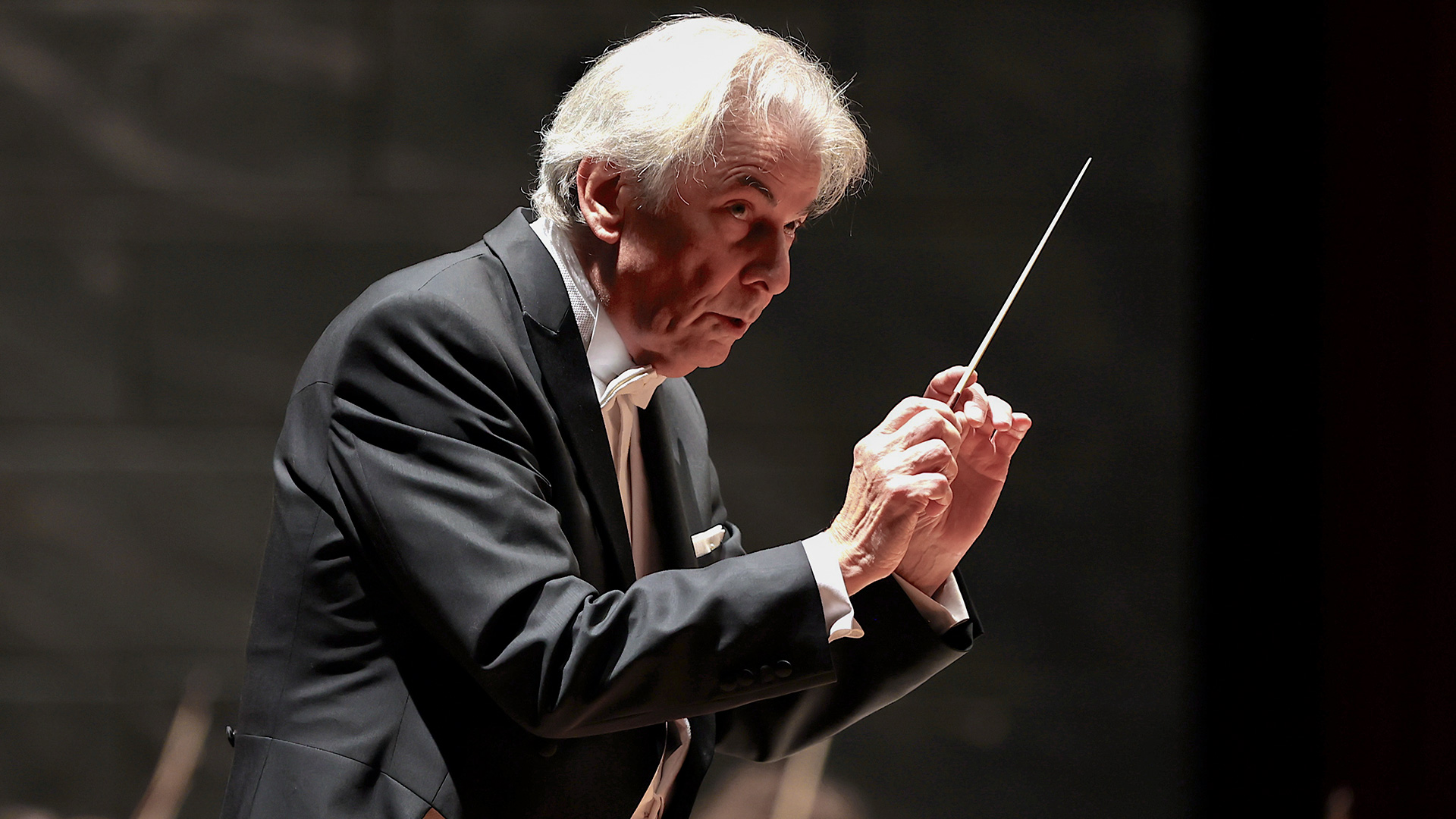JOHANNES BRAHMS
Serenade n. 2 in A major op. 16 (1875)
JOHANNES BRAHMS
Variations in B flat major op. 56a on a theme of from the Chorale S. Antonii della Feldparthie by Franz Joseph Haydn
FRANZ JOSEPH HAYDN
Symphony n. 95 in C minor Hob:I:95
Conductor Hartmut Haenchen
Opera Carlo Felice Genova Orchestra
Unlike in the case of piano and chamber works, toward which he demonstrated an immediate operational awareness, Brahms had a much slower and more thoughtful approach to the orchestral medium. This is well demonstrated by the long, complex gestation of Symphony No. 1. The fact is that until 1876, when he finally delivered the Prima to the presses, the catalog of the Hamburg musician’s compositions with orchestra was limited to a few things. Among the latter, in addition to pages of high value but special nature such as the German Requiem and the Piano Concerto No. 1, are the Serenate operas 11 and 16 and the Variations on a Theme by Haydn op.56a: fully completed pages, it is understood, but which share their function as a “Study” of the orchestral instrument as such.
The Serenades were composed in 1858-59 in Detmold, a town where an excellent orchestra was performing. Brahms decided to try his hand at a noble but not too conceptually demanding genre. While Serenata No. 1 originated as an elaboration of material originally intended for a wind nonet, No. 2 was directly designed for orchestra, albeit in an unusual conformation including woodwinds, violas, cellos and double basses but lacking violins. Inspired by the model seen in Mozart’s admirable examples, it boasts the distinction of possessing 5 instead of 6 movements. Three of them, the Scherzo, the Minuet and the final Rondo, are dance tempos with a light and popular tone. More composed, however, are the opening Allegro moderato (a sonata-form with three themes with fine contrapuntal interweaving) and the “Schubertian” Adagio non troppo, a page of exquisite lyricism and rounded cantabile. Conducted by Brahms himself, the premiere took place in Hamburg on February 10, 1860.
The Variations on a Theme by Haydn, composed in the summer of 1873, is considered Brahms’s first extensive composition for orchestra. The public christening of the piece, first presented privately to Clara Schumann in its version for two pianos (op.56b), took place on November 2, 1873 at the Vienna Gesellschaft, conducted by Brahms himself, and was enthusiastically received.
The piece consists of the exposition of the theme, eight variations and an extensive Finale. The theme is not Haydn’s (it is an old pilgrims’ “marching” chorale), but the attribution to the Austrian composer is justified because of the Austrian composer’s mention of it in a Divertimento for Winds and the Amburger’s consequent belief in its authorship. The theme is subdivided into irregular groups of 5+5+4+4+7 bars, however, endowed with remarkable internal cohesion. The theme’s adaptability to variant treatment is determined by the clear and straightforward conduct of the bass. The eight variations alternate between: transitions from major and minor modes, melodic ornaments, rhythmic diminutions and augmentations, orchestral exchanges and embellishments, amplifications of individual fragments of the theme, and constant modification by tempos and meters. In the Finale, the first 5 measures of the bass form the ostinato over which a mighty Passacaglia is organized, destined to result in a grandiose fugato episode.
With the demise of Prince Nicholas in 1790, Haydn left his own 30-year role as Kappelmeister at the Esterházy court to head, not after a final farewell to Mozart, to London where, at the invitation of an impresario, he would compose his last 12 Symphonies, known precisely as the “Londoners,” published the first 6 (nos. 93-98) in 1791-93, the other 6 (nos. 99-104) in 1793-95. This corpus constitutes in effect the link between the classical symphonism of Mozart (whose last three Symphonies represent the extreme synthesis) and that of Beethoven. Peculiar to the “Londoners” is the tendency to dispense with the descriptive elements of the earlier Symphonies in order to characterize the four tempi, each endowed with its own “moral” character, as different faces of a single, mysterious unity. Symphony No. 95 in C minor is the only one of the 12 that does not begin with a slow introduction but in medias res, with the peremptory exposition of the first theme, which is very gangly, and is followed by two of lyrical and jaunty character, respectively. In the following Andante cantabile the cello has a prominent, almost solo role as it leads the discourse on a graceful but not without melancholy path. After a rustic Scherzo & Trio (where the cello still dominates), here closes a nimble and snappy Finale destined to flow into fugal elaborations of considerable harmonic interest and an overwhelming coda in a major mode.
Enrico Girardi

